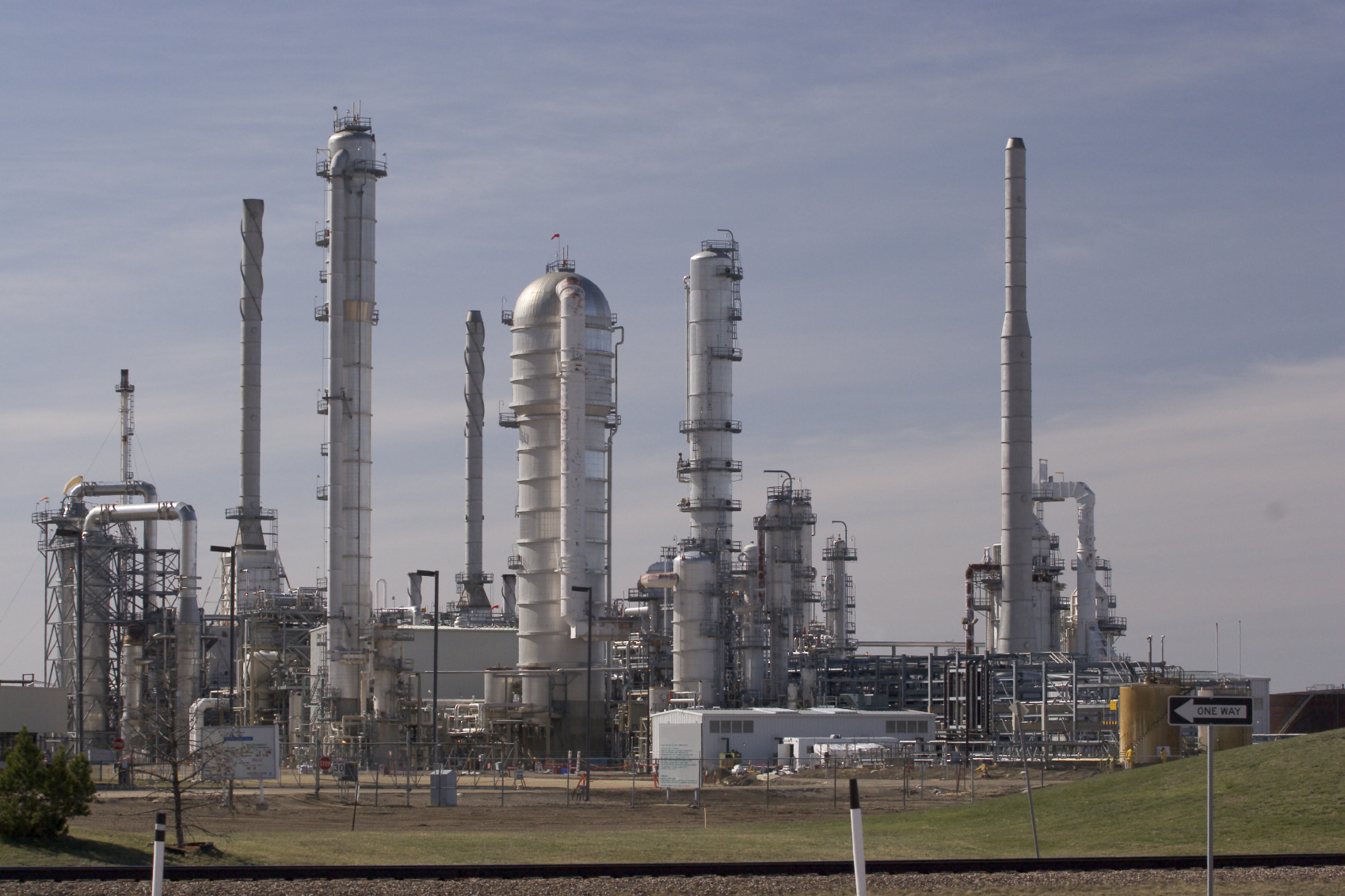- Russian Dam Disaster: Assessing the Cost of Failed Safety Practices
- Analyzing the Human Element of the Russia Dam Disaster
- Turbine 2: How a Track Record of Uncertainty Led to Disaster
- Russian Dam Disaster: A Reckoning for Bypassed Safety
- When Running People Past Their Breaking Point Effects Safety: The Bayer Crop Science Incid…
INCIDENT
Adaptation of an Anomaly: Carbide Industries Incident
Ignoring a problem doesn’t make it less of a problem. It can allow a situation to escalate until something breaks.
When the EAF exploded at Carbide Industries, March 21, 2011, the two fatalities were operators working in the control room only 12 ft. from the lid of the furnace. The explosion was violent enough to throw chunks of debris and molten carbide through a window with dual-pane, half-inch thick glass and wire reinforcing. But this was not the first time. The furnace had experienced “blows” (overpressure incidents) many times before, and the glass had been broken before, although without causing any fatalities. Rather than move the control room to a safer location, the plant installed heavier glass. It did this twice, in 1991 and 2004.


